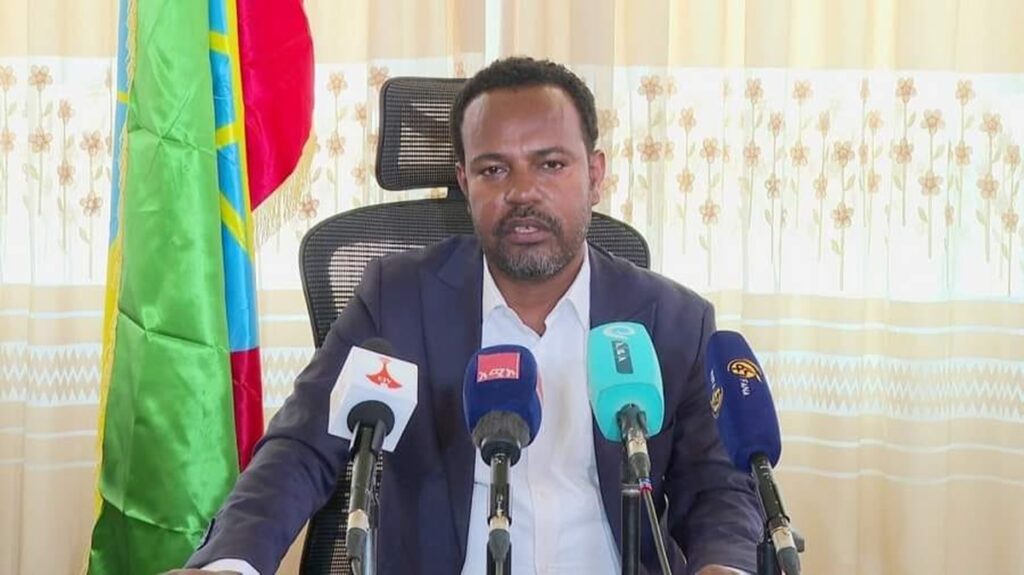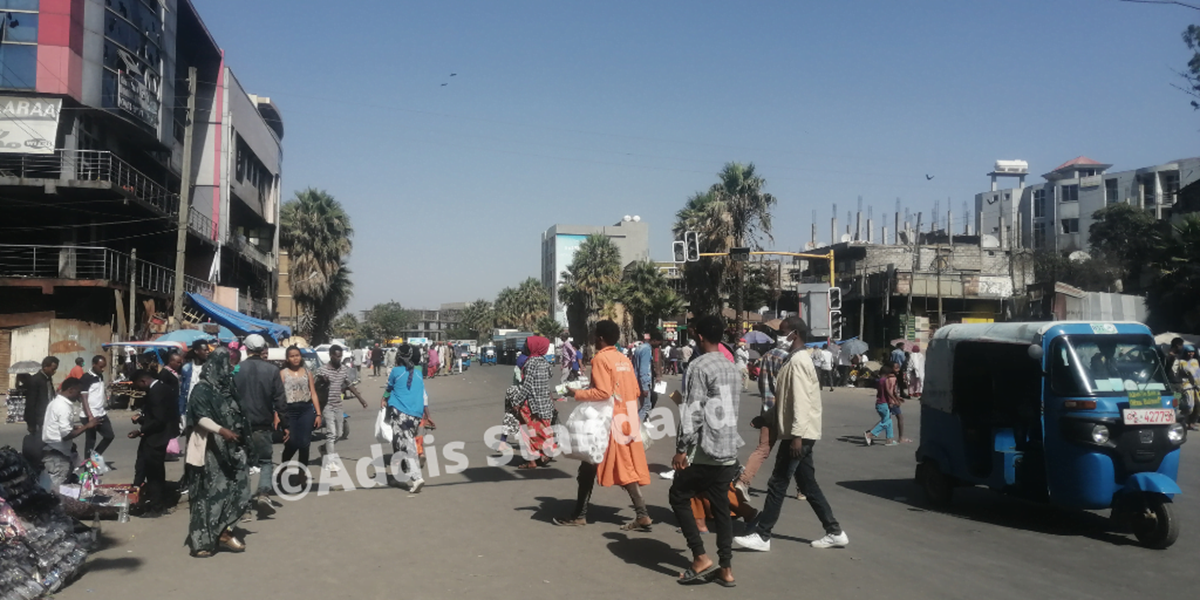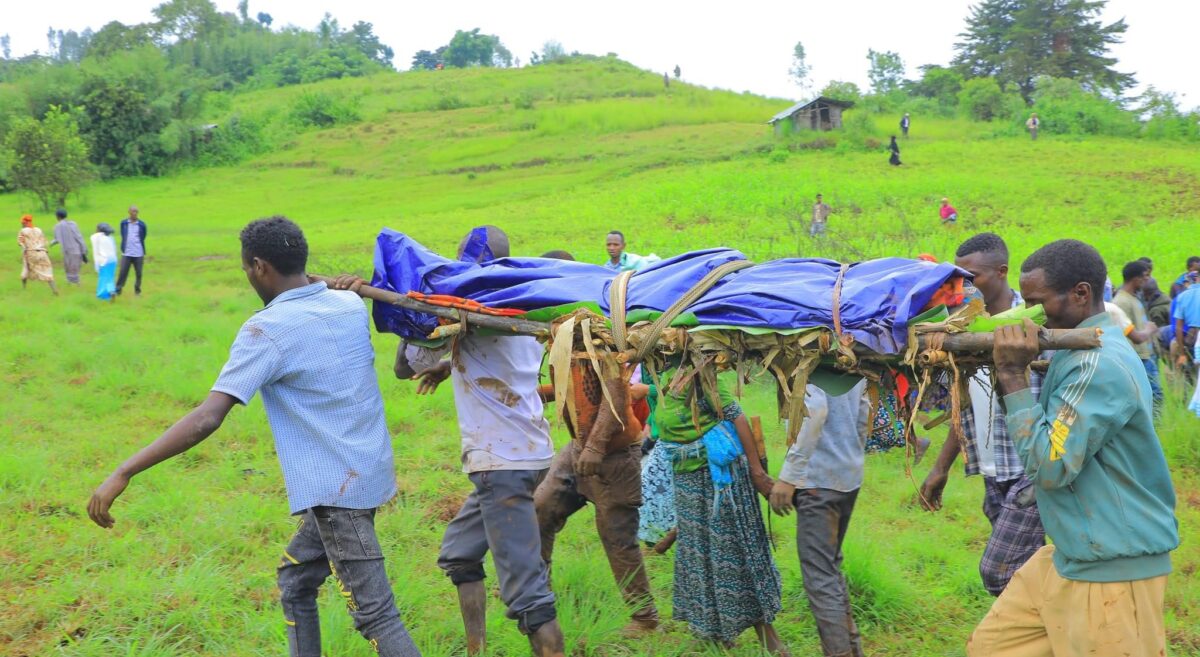
Addis Abeba – The Amhara Mineral Resources Development Bureau has disclosed that the militarized conflict between government forces and a non-state militia, Fano, poses significant challenges to the development and marketing of various mineral resources, including gold.
In a recent briefing to state media, Haile Abebe, head of the Bureau, underscored the profound impact of the security crisis over the past six months, emphasizing its disruptive effect on the bureau’s operational plans.
According to the assessment conducted by the Bureau, the ongoing security problem in the region since July 2023 has significantly disrupted many mining operations, leading to deficiencies in conducting mining-related studies, issuing investment permits to applicants in a timely and proper manner, and monitoring whether the granted permits are being properly executed.
The head of the bureau pointed out that artisanal miners in the Amhara region began supplying gold to the National Bank of Ethiopia (NBE) during the previous fiscal year. However, due to security challenges, they have been unable to produce and deliver gold this year.
“Even if gold had been produced, supplying it to the market is not feasible,” he remarked.
In November 2023, the administration of South Wollo Zone, a major opal producer, disclosed that the mining of this precious gemstone has been adversely affected by the conflict in the region.
According to the zonal administration, this disruption in opal production is having significant repercussions on the local economy and the livelihoods of individuals involved in the industry.
In the South Wollo Zone, nearly 30 minerals, including opal, amber, jasper, onyx, tourmaline, quartz, and gypsum, have been identified.
As of November 2023, 12 high-potential production licenses have been issued, with four being operational and the remainder inactive.
Although the Amhara region previously held the distinction of being the third-largest producer of granite in the country, Haile disclosed that it has lost this status during the current year.

Haile also emphasized that the proposed initiative to grant licenses to traditional, small, medium, and large-scale industries has not been executed as initially envisaged.
Despite the regional authorities’ intention to open ten factories this year, the prevailing security issues have limited the number of projects inaugurated to no more than three.
Haile also emphasized that the anticipated creation of 45,000 jobs in the mining sector has fallen considerably short, reaching only 9,000 positions.
Over the past six months, the bureau aimed to export minerals worth seven million dollars from the region; however, the actual achievement remains significantly lower at $400,000.
“It is the security problem that causes all these performance problems,” he stated.
Last week, the Amhara Regional Government revealed that the destruction of numerous social and economic institutions in recent months, attributed to the militarized conflict, has led to the loss of property valued at over 15 billion birr. AS








